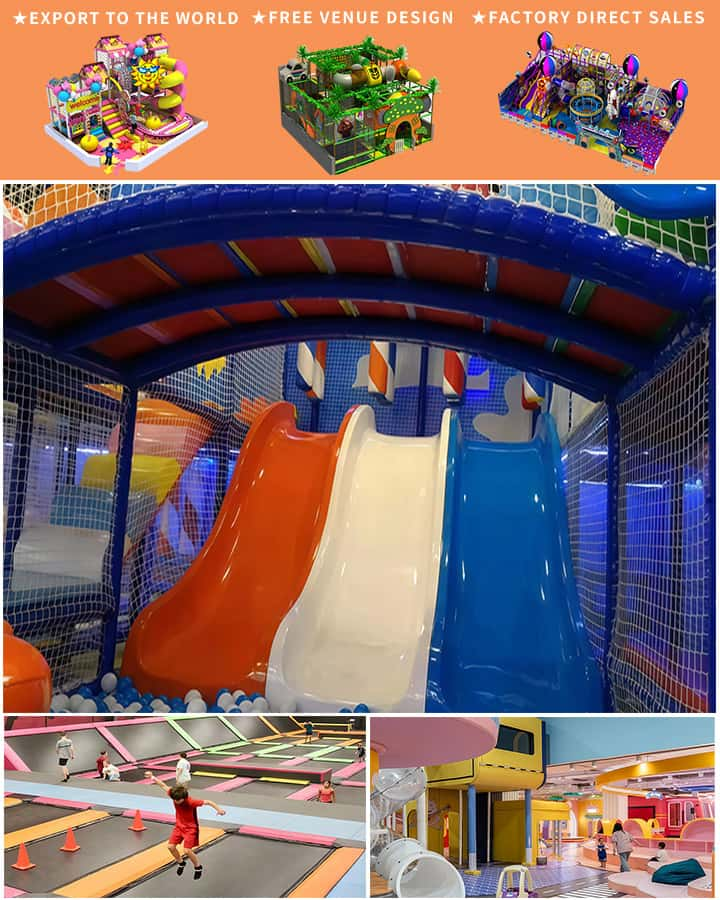In the bustling world of childhood, where curiosity meets boundless energy, the concept of a children’s soft playground emerges as a sanctuary for young minds and bodies. These specially designed areas, characterized by their safe and cushioned surfaces, have revolutionized the way children engage in play, offering a perfect blend of fun and development.
Children’s soft playgrounds are more than just recreational hubs; they serve as critical environments for physical growth and cognitive stimulation. Unlike traditional playgrounds, which often feature hard surfaces and fixed structures, soft playgrounds utilize materials like foam, rubber, or sand to create a safer space for children to explore their physical capabilities. This reduces the risk of injuries, allowing kids to climb, jump, and run with confidence, thereby enhancing their motor skills and overall fitness.

But the benefits of these playgrounds extend far beyond physical health. The imaginative nature of soft playgrounds fosters cognitive development by encouraging problem-solving, creativity, and social interaction. Children are presented with opportunities to navigate obstacles, collaborate with peers, and engage in pretend play, all of which are crucial for brain development. These activities help in the formation of neural connections, laying the foundation for better learning and adaptability.
Moreover, children’s soft playgrounds are inclusive spaces that accommodate children of all abilities. The soft surfaces make it easier for children with disabilities or those who are still developing their motor skills to participate alongside their peers, promoting a sense of community and belonging. This inclusivity teaches valuable lessons about empathy, cooperation, and respect from an early age.
Parents and guardians can also find peace of mind knowing that soft playgrounds are designed with safety in mind. The use of impact-absorbing materials significantly reduces the chances of serious injuries, allowing adults to relax while their children engage in healthy, active play. This aspect is particularly important in an era where screen time often competes with outdoor activities.
In conclusion, children’s soft playgrounds represent an integral part of child development, offering a nurturing environment that balances fun with growth. They cater to the physical needs of children while stimulating their cognitive abilities and social skills. As society continues to recognize the importance of early childhood development, the role of soft playgrounds will undoubtedly remain a cornerstone in shaping the well-rounded individuals of tomorrow.




